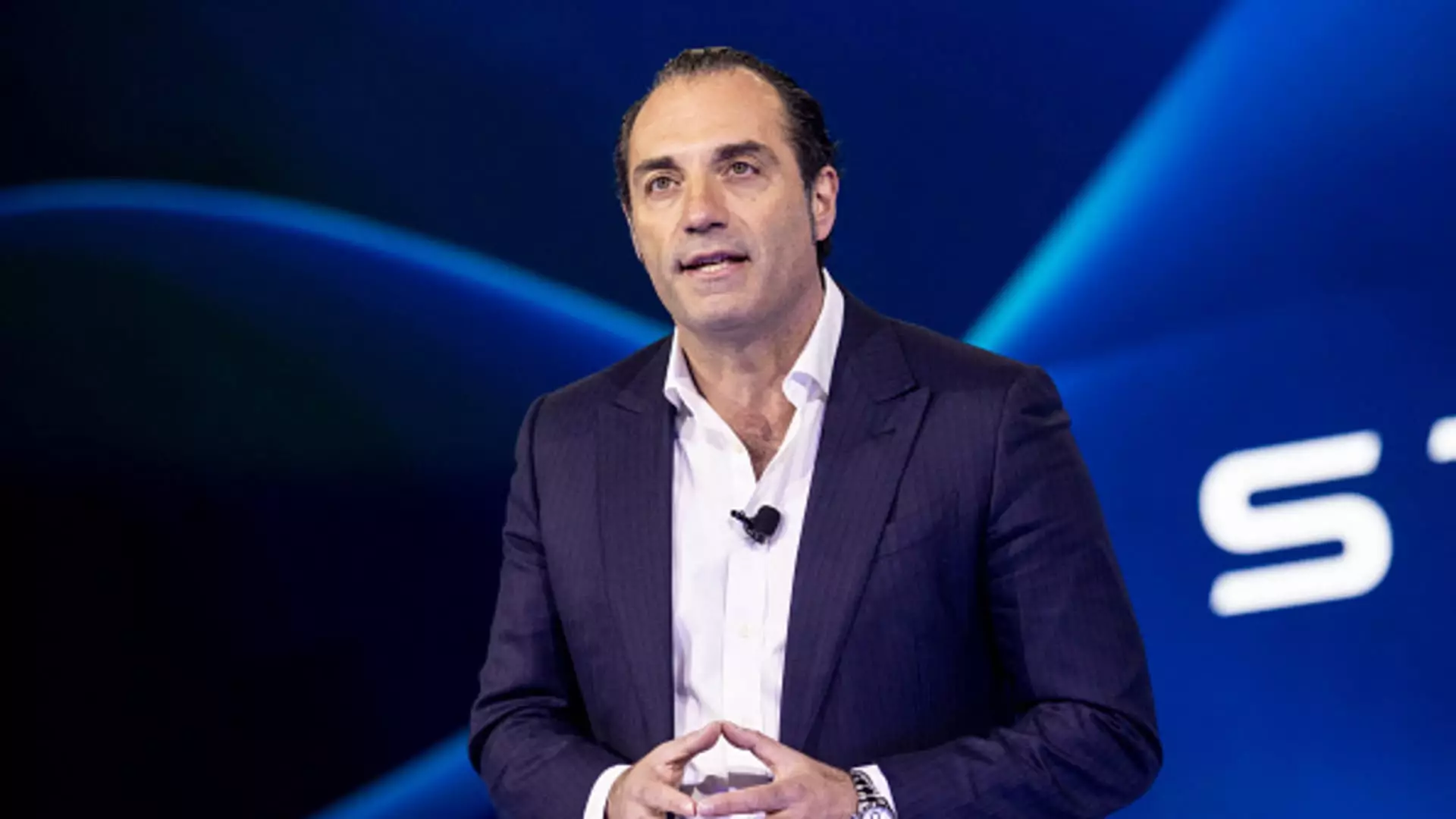Stellantis, the automotive conglomerate formed from the merger of Fiat Chrysler and PSA Groupe, finds itself at a crucial juncture in the U.S. market. After several years characterized by declining sales and shrinking market shares, the company is under significant pressure to turn its fortunes around. With U.S. retail market share plummeting from 12.6% in 2019 to just 9.6% in 2023, executives are acutely aware that the clock is ticking. As Antonio Filosa, leader of Stellantis’ North American operations, emphasizes, restoring the company’s retail presence is their foremost priority this year. This reflects not only a need for recovery but a strategic pivot back to a market that has been long neglected.
The first phase of Stellantis’ recovery strategy involves reshaping its leadership team, which Filosa believes is essential for ensuring strong relations with dealers. Maintaining productive partnerships with dealers will be crucial in effectively launching new products and rolling out incentives. Efforts to mend these key relationships are critical; previous strategies focused more on profits than on market share risked alienating dealers who are essential to driving sales.
Bob Broderdorf, the head of Jeep, and Tim Kuniskis, overseeing Ram Trucks, both express an invigorating sense of urgency driven by a “grow or die” mentality as the company approaches 2025. Their comments suggest a shift from a historically profit-centric approach to one that values an agile response to retail trends. As both executives note, the inventory and production strategies must align with dealer demands and consumer expectations, a crucial component for revitalizing the brand’s image.
A key concern for Stellantis has been its flagship brands—Jeep and Ram—experiencing troubling sales declines. Kuniskis candidly admitted that recent performance metrics reflect a tough year, emphasizing a need for strategizing around production and product adjustments. The promised revamped offerings, particularly the new Ram 1500 pickups, symbolize the company’s commitment to improve not just sales but also brand perception.
However, Stellantis must also remain vigilant about external influences, such as potential policy changes under the upcoming administration. The incoming Trump administration has indicated a reevaluation of all-electric vehicle incentives and trade tariffs that could impact Stellantis’ operational foothold in North America. Filosa noted that preparations are being made for various scenarios that could arise from these changes, suggesting the company’s adaptability in the face of uncertainties.
Reflecting on past shortcomings, Filosa acknowledges that the previous leadership’s hyper-focus on cost-cutting measures and profit margins contributed to the current challenges facing Stellantis in the U.S. market. This retrospective analysis confirms that neglecting the importance of a robust operational presence in North America has had tangible consequences for the company. From a leadership perspective, acknowledging these missteps is a critical step in the right direction as Stellantis looks to realign its strategies.
The departure of former CEO Carlos Tavares could represent a significant shift in corporate philosophy, creating an opportunity for fresh ideas and renewed focus on market share rather than solely on profits. As Stellantis manages this transition period, the emphasis will likely shift towards fostering a culture that values market responsiveness and seeks to nurture its most influential partnerships.
Stellantis’ roadmap for recovery appears tentative yet promising. With its focus turned towards enhancing retail market share, improving dealer relationships, and re-engaging with the American consumer base, the conglomerate is poised to restore its previous standing. While immediate challenges loom, such as potential regulatory changes and internal adjustments, the strategic shift toward prioritizing growth reflects an understanding that the U.S. market is indispensable to the company’s future viability.
The road ahead will require Stellantis to remain agile, with an unwavering commitment to meet consumer demands while adapting to the ever-changing automotive landscape. The optimism voiced by Filosa and other executives may just translate into a new chapter for Stellantis in the U.S., one that embraces growth and innovation in equal measure.


Leave a Reply